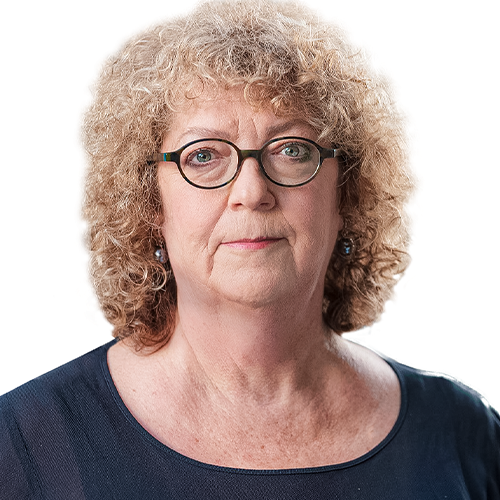"Essentially it was a political argument, not a trade argument."
The main winners are exporters of kiwifruit, wine, beef and dairy (except for milk powder which keeps its 176 per cent tariff).
The deal will be signed at a formal meeting between Prime Minister John Key and South Korea's President Park Geung-hye about 3 this afternoon (NZ time).
Groser is leading a business delegation from New Zealand of 36 exporters or organisations. He said New Zealand had worked out 20 years ago what was called "the first cab off the rank" strategy. The aim was get ahead of everybody else it and it worked with China, with Asean (in conjunction with Australia), with Taiwan and with Russia until the Crimea crisis put paid to a virtually concluded deal.
Korea was a different story.
Groser said it had been a long and difficult negotiation but in the end - "actually it's a pretty damned good deal".
Some of the examples are:
• 15 per cent tariff off wine immediately that it enters into force
• 45 per cent off kiwifruit over six years
• 89 per cent off butter over 10 years
• 36 per cent off cheese over 12 years
• 10 per cent off wood products within 10 years
• 20 per cent off salmon in four years
The losers are producers of products deemed highly sensitive in the Korea market including milk powder, which keeps the 176 per cent tariff, and frozen and unprocessed deer velvet which keeps its 15 per cent tariff, fresh abalone and frozen squid with a 22 per cent tariff; and two types of wood export: unworked particle board and 12mm to 15mm plywood.
Groser said South Korea had a population of about 50 million and an annual GDP similar to Australia. But it was a relatively small investor in New Zealand (about $400 million).
That was one thing he hoped the FTA would change.
